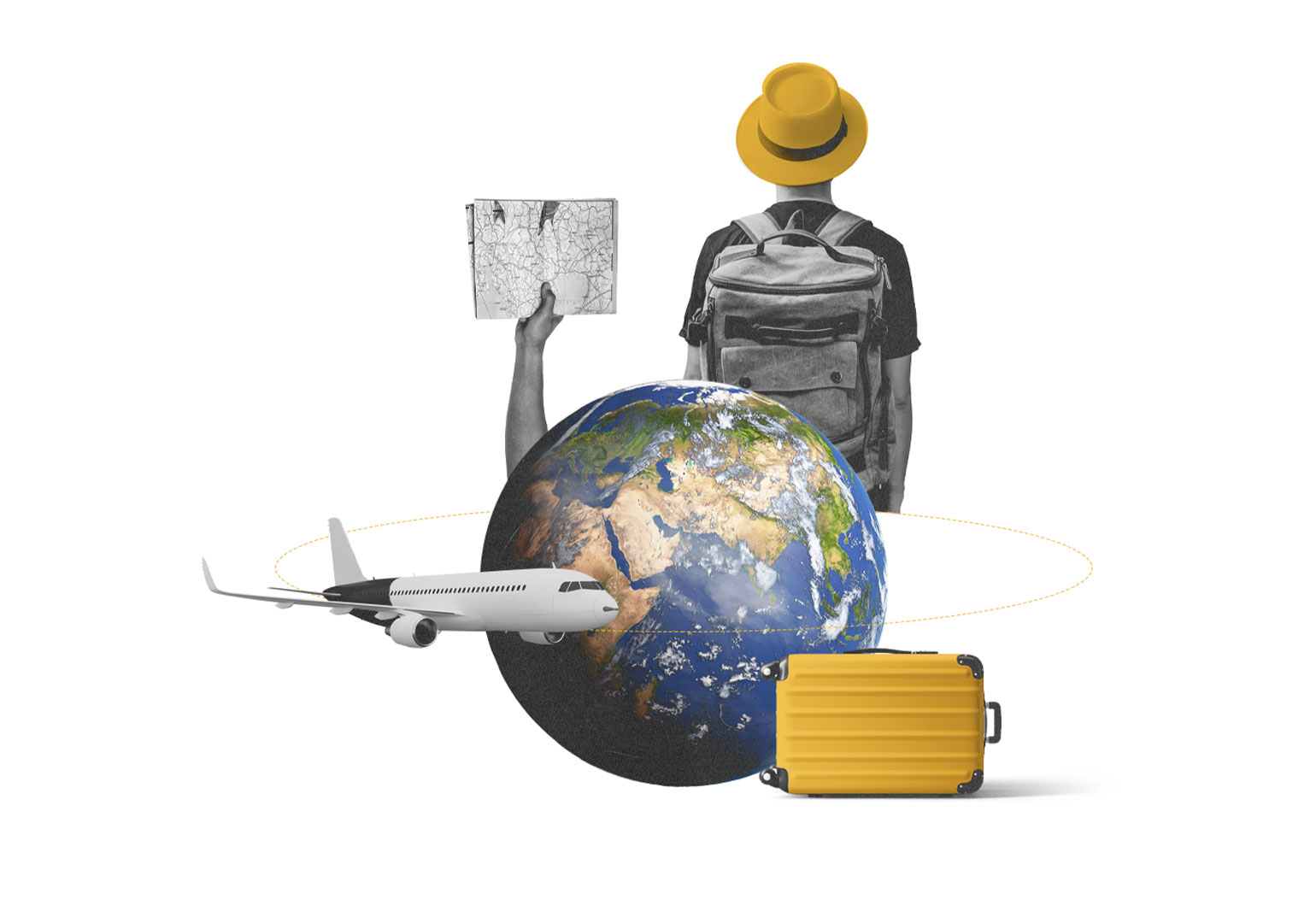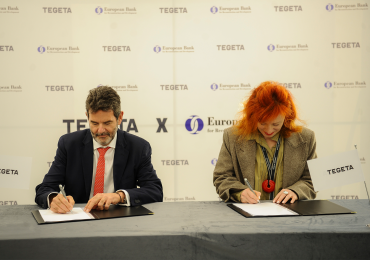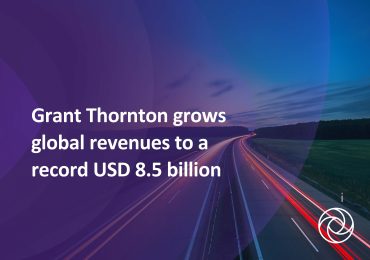Tourists spent more than $1 trillion globally in 2022. After the pandemic induced crisis, the tourism sector largely recovered last year. As the global population grows, so does the tourism industry. Travelers are most attracted by beaches, as evidenced by the number of countries with well-developed seaside facilities. Small island nations rely the most on tourism due to their small economies, climate and excellent beaches. Six out of the top 10 countries reliant on tourism are island nations.
Dependency on tourism has been measured by the ratio between the revenue received from foreign visitors and the country’s GDP in 2022. Georgia narrowly missed a place in the top 10, taking the 11th spot. In 2022, Georgia welcomed 3.7 million visitors, whose total spend was $3.5 billion, or 14.3% of GDP.
Tourist expenditure data is published by the World Tourism Organization (UNWTO), headed by the former Minister of Economy of Georgia Zurab Pololikashvili since 2018.
10. FIJI
Population: 926,000
GDP: $4.8 billion
Area: 18,274 km²
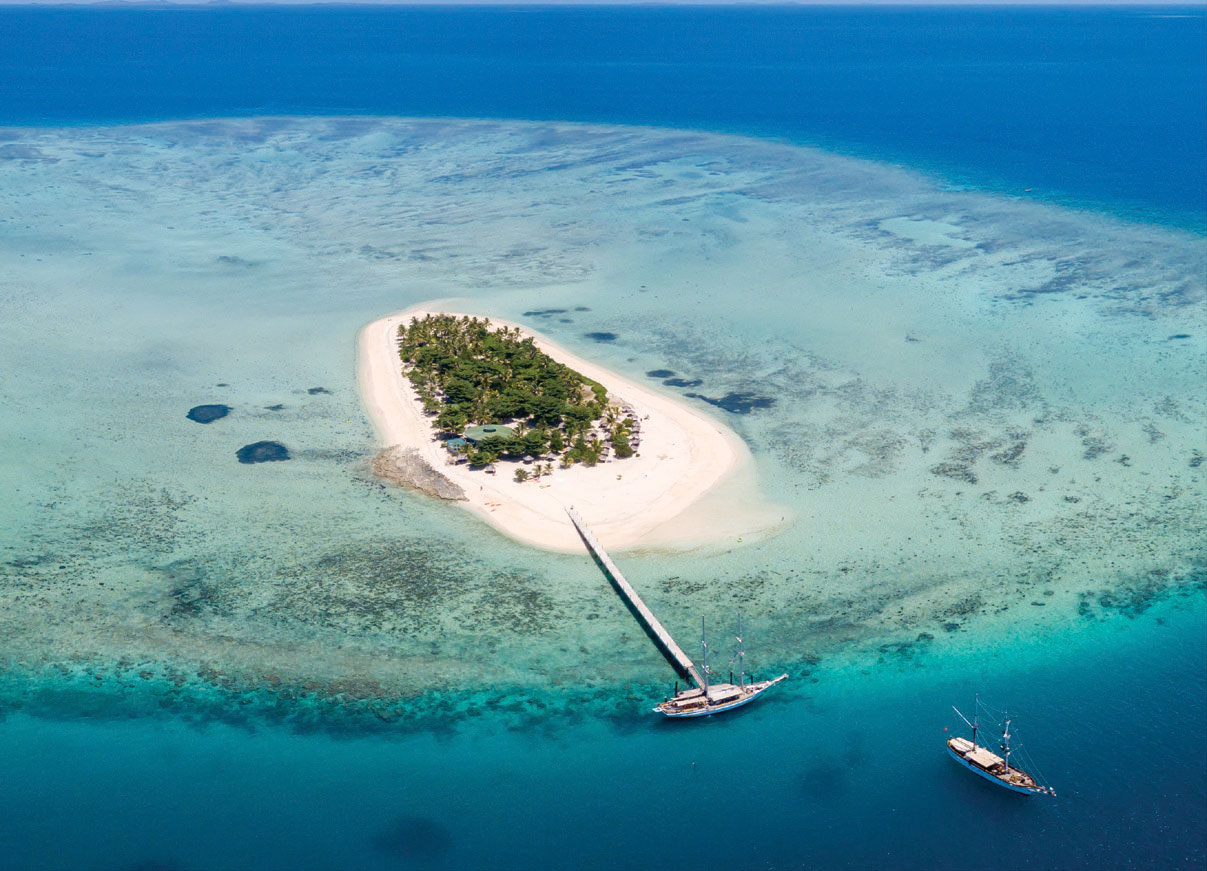
In 2022, revenue from foreign visitors equaled 14.33% of Fiji’s GDP. 636,000 people traveled to Fiji last year, spending $700 million. The average spend per visitor was $1,100.
Fiji is a small island country in the southwest Pacific Ocean. It is located on the archipelago of the same name, which consists of 330 islands. Fiji is a low-income country with an average annual per capita income of $14,000 (PPP). It achieved independence from the United Kingdom in 1970. Tourists in Fiji are attracted by the fantastic beaches with white sand, palm trees and clear water. The country’s tropical forests and villages with round huts, festivities and traditions are also attractive to visitors. Fiji has a tropical climate, with an average temperature of 22 degrees, even during the coldest period. However, it also rains frequently.
9. ALBANIA
Population: 2.8 million
GDP: $18.5 billion
Area: 28,748 km²
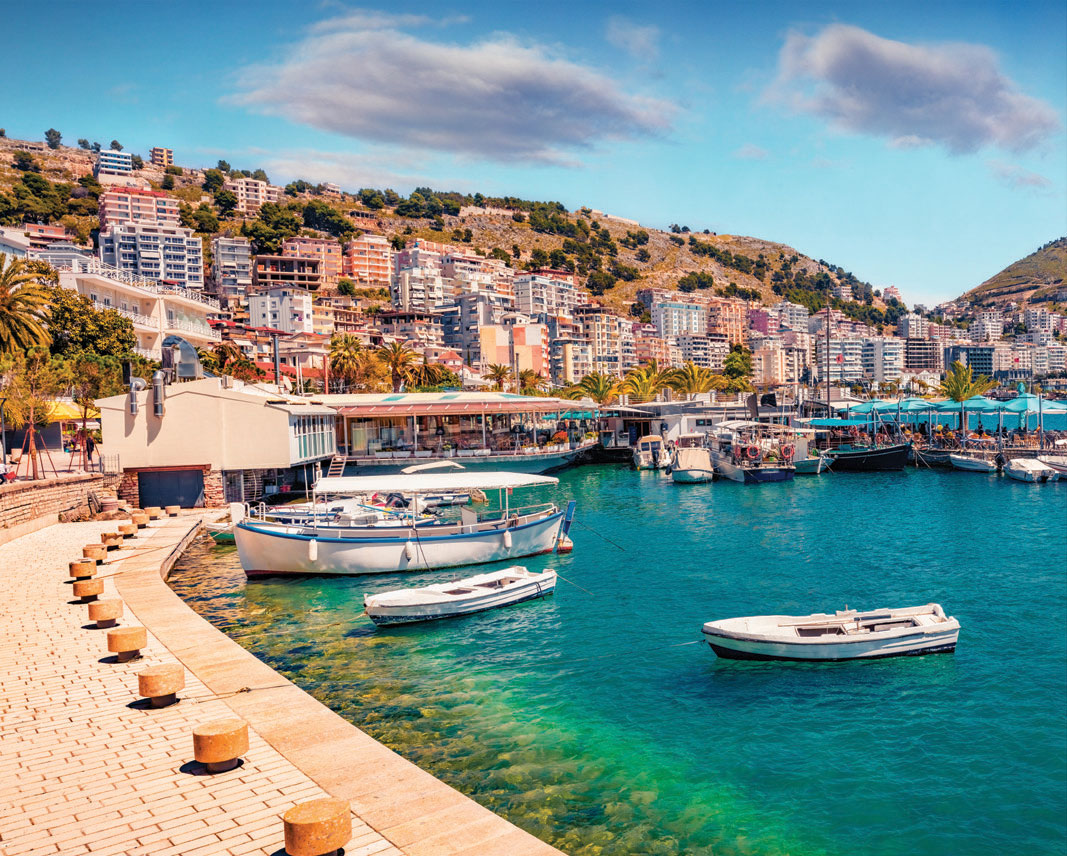
In 2022, revenue from foreign visitors equaled 16.2% of Albania’s GDP. 6.7 million people traveled to Albania last year, spending $3 billion. The average spend per visitor was $440.
Albania is located west of the Balkan Peninsula, on the coast of the Adriatic Sea. Per capita income is $17,800 (PPP). In Europe, only Kosovo has a lower income. Tourists in Albania are attracted by the beaches with white sand and clean water. The historical and archaeological monuments of Albania are also of interest. Medical tourism is also popular. Three cities in Albania are UNESCO World Heritage Sites: Butrint (an ancient Greek city), Gjirokastër (a medieval Ottoman city) and Berat (the so-called “city of a thousand and one windows”).
8. BARBADOS
Population: 268,000
GDP: $5.7 billion
Area: 439 km²
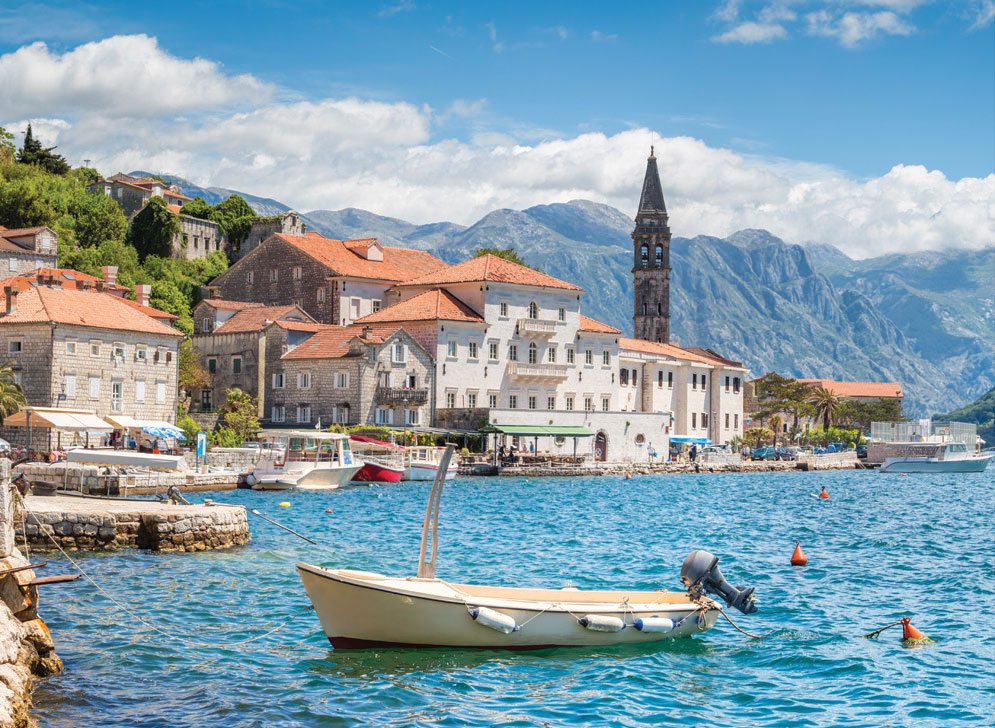
In 2022, revenue from foreign visitors equaled 16.2% of Barbados’s GDP. 443,000 people traveled to Barbados last year, spending $929 million. The average spend per visitor was $2,100.
Barbados is a Caribbean Island located north of Venezuela. The average annual income per capita is $18,000 (PPP), making it a low-income country. Barbados achieved independence from the UK in 1958. The official state language is English. The country does not attract many visitors between June and December when it frequently rains. However, the January-May dry season is ideal for seaside tourism. With its white sand and green sea, Barbados is considered the best holiday destination in the Caribbean.
7. MONTENEGRO
Population: 602,000
GDP: $6.1 billion
Area: 13,812 km²
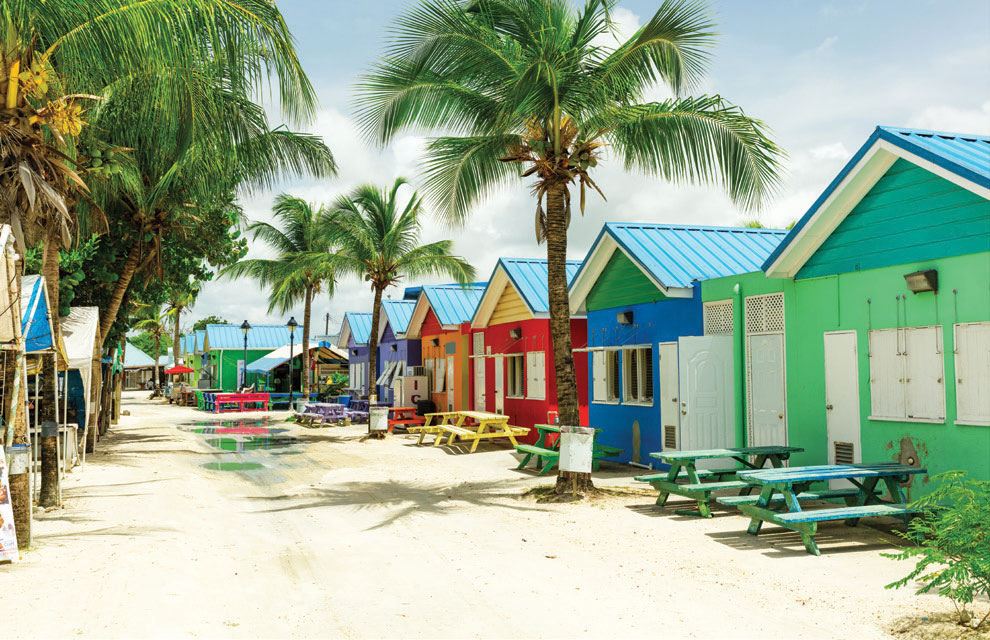
In 2022, revenue from foreign visitors equaled 18.2% of Montenegro’s GDP. Two million people traveled to Montenegro last year, spending $1.1 billion. The average spend per visitor was $550.
Montenegro is in the north of the Balkan Peninsula, on the coast of the Adriatic Sea. Per capita income is $29,000 (PPP), making it a country with above-average income. Tourists in Montenegro are attracted by the coast, which is an extension of the country’s mountain slopes. Montenegro has a 296-kilometer coastline along the Adriatic Sea, dotted with well-preserved old towns. The country is distinguished by historical monuments and architecture. Popular destinations include the 15th century settlement Sveti Stefan, which extends into the sea.
6. CROATIA
Population: 3.9 million
GDP: $71 billion
Area: 56,594 km²
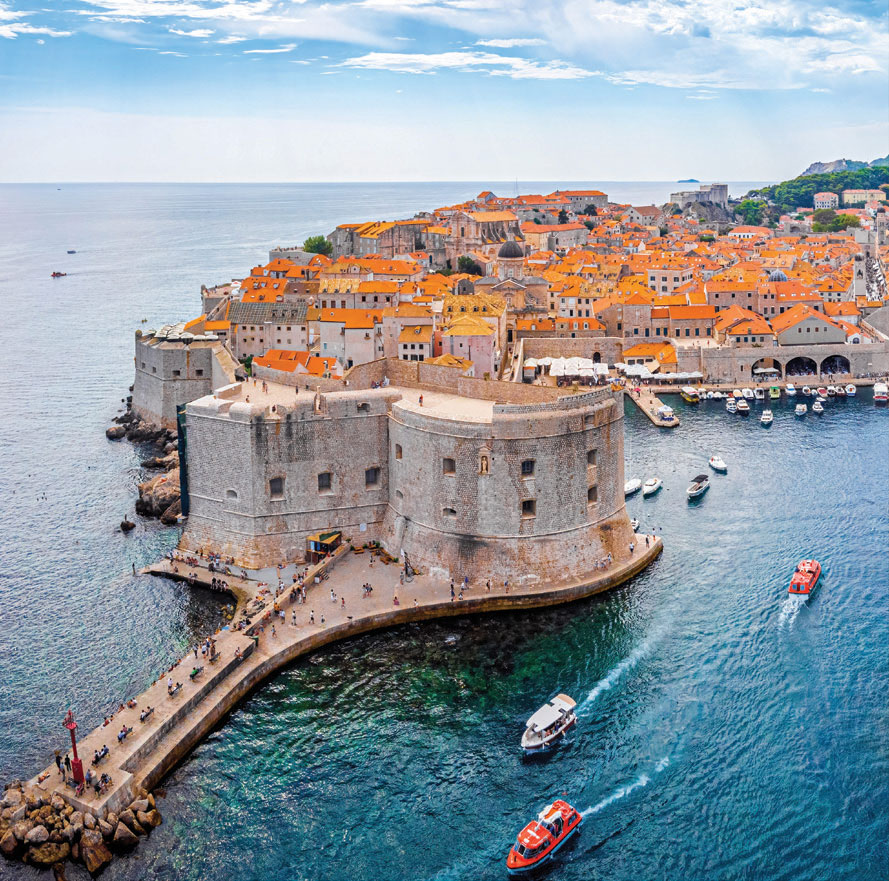
In 2022, revenue from foreign visitors equaled 18.9% of Croatia’s GDP. 15.3 million people traveled to Croatia last year, spending $13.5 billion. The average spend per visitor was $900.
Croatia is located on the shores of the Mediterranean Sea and has a 1,800 km coastline along the Adriatic. It is the most recent country to join the European Union in 2013. Per capita income is $42,500 (PPP), making it quite a rich country. In terms of revenue, it is close to Hungary and Portugal. Tourists to Croatia are attracted by the coast, which is an extension of the mountain slopes. Croatia is also distinguished by historical monuments and architecture. The Old Town of Dubrovnik is the most popular tourist destination, a UNESCO World Heritage Site. The town’s appeal to tourists increased even further after several episodes of the popular TV series Game of Thrones were filmed there.
5. BELIZE
Population: 441,000
GDP: $3 billion
Area: 22,966 km²
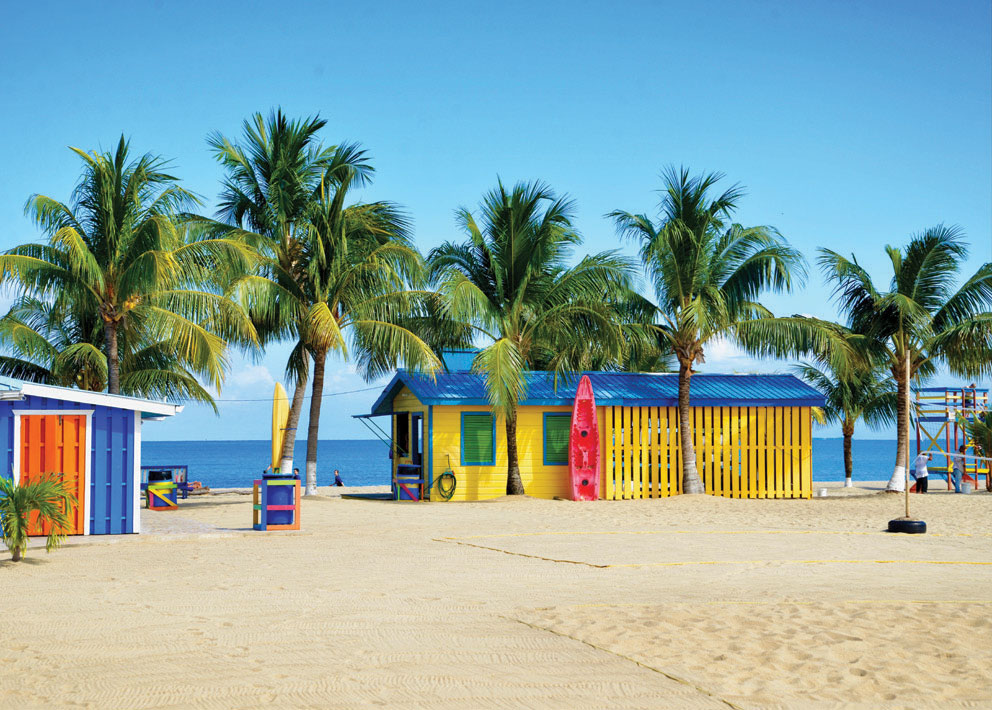
In 2022, revenue from foreign visitors equaled 20.3% of Belize’s GDP. 371,000 people traveled to Belize last year, spending $600 million. The average spend per visitor was $1,620.
Belize is located on the Caribbean coast, south of Mexico. It is a poor country with an average annual per capita income of $9,600 (PPP). It obtained independence from the UK in 1981. Belize does not receive many tourists, meaning that the high share of tourism in the country’s economy is due to the small size of the economy and the underdevelopment of other sectors. The coast, the ancient Mayan temples, and the famous Blue Hole attract tourists. The average temperature in Belize varies between 24 and 28 degrees throughout the year.
4. JAMAICA
Population: 2.8 million
GDP: $16 billion
Area: 10,991 km²
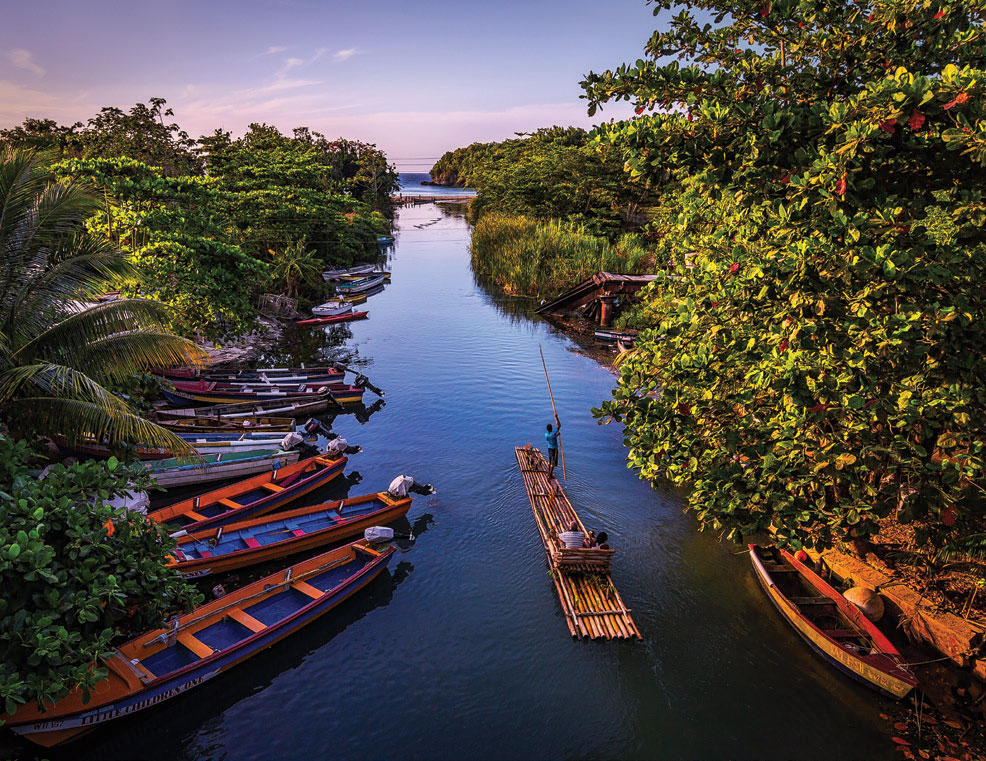
In 2022, revenue from foreign visitors equaled 23.1% of Jamaica’s GDP. 2.5 million people traveled to Jamaica last year, spending $3.7 billion. The average spend per visitor was $1,500.
Jamaica is an island nation in the Caribbean, situated near Cuba. It is a poor country with an average annual per capita income of $12,000 (PPP). It obtained independence from the UK in 1962. Jamaica attracts tourists thanks to its clear sea, hot sun and white sand. The beach season in Jamaica lasts 10 months. Besides the beaches, the best sights in Jamaica are canyons, waterfalls and forests.
3. SEYCHELLES
Population: 100 000
GDP: $1.9 billion
Area: 457 km²

In 2022, revenue from foreign visitors equaled 23.1% of the GDP of the Seychelles. 332,000 people traveled to the Seychelles last year, spending $932 million. The average spend per visitor was $2,800.
The Seychelles are in the Indian Ocean, north of the island of Madagascar. The country consists of more than 100 small islands, 33 of which are inhabited. The average annual income per capita is $40,000 (PPP), making it a wealthy country (around the same level as Greece). It obtained independence from the UK in 1976. The official languages are French and English. In the Seychelles, it is summer all year round, with temperatures between 24 and 30 degrees. The country’s beaches have everything needed for an ideal seaside holiday.
2. ANTIGUA AND BARBUDA
Population: 101 000
GDP: $1.7 billion
Area: 440 km²
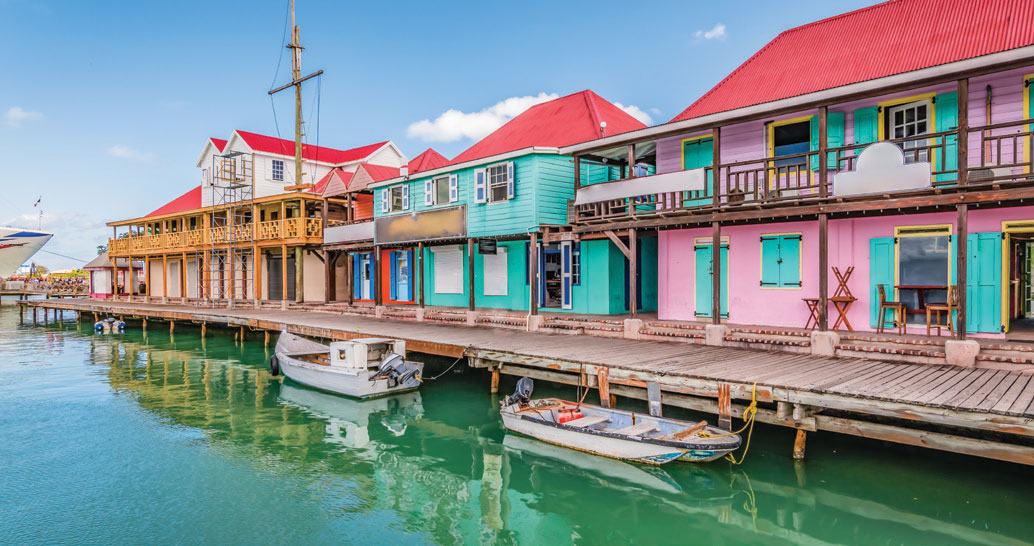
In 2022, revenue from foreign visitors equaled 55% of Antigua and Barbuda’s GDP. 265,000 people traveled to Antigua and Barbuda last year, spending $921 million. The average spend per visitor was $3,500.
Antigua and Barbuda is a Caribbean island nation. Per capita income is $31,000 (PPP), making it a country with above-average income. Before achieving complete independence in 1981, it was a British colony until 1958 and one of the West Indies Associated States until 1981. The official state language is English. Half of the country’s economy depends on tourism, which is linked to the country’s beaches. There are both medium-priced and expensive vacation spots in the country. The tourist season lasts six to seven months. Most of the country’s territory is covered by a national park.
1. MALDIVES
Population: 515 000
GDP: $6.2 billion
Area: 300 km²
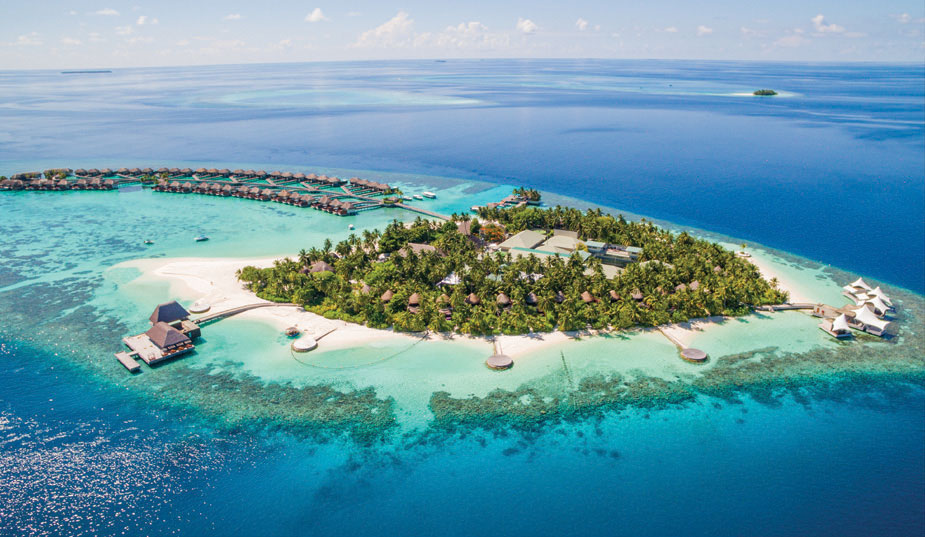
In 2022, revenue from foreign visitors equaled 68% of the GDP of the Maldives. 1.7 million people traveled to the Maldives last year, spending $4.2 billion. The average spend per visitor was $2,500.
The Maldives are in the Indian Ocean. The archipelago consists of 1,190 small islands, of which 220 are inhabited. Per capita income is $36,400 (PPP), making it a rich country. The Maldives achieved independence from the UK in 1965. Temperatures range between 25 and 35 degrees all year round. Holidaying in the Maldives can be expensive, with some hotels costing over $5,000 per night.


